Filipino cuisine is chaotic, bold, and utterly addictive. It is not refined or subtle. It is food meant to be eaten quickly, eaten with your hands, and eaten in huge quantities. Rice is the backbone of every meal. Meat, seafood, tropical fruits, and sauces dominate the plate. Filipino food tells the story of the Philippines itself: a messy blend of indigenous culture, centuries of colonization, trade, and regional eccentricities that somehow works better than it should.
The Philippines is an archipelago, and the food changes from island to island. The northern regions like Ilocos and Luzon favor vinegar and garlic, the Visayas love their grilled meats, and Mindanao dishes often carry a heavier use of spices influenced by Muslim cooking. Eating Filipino cuisine is like travelling through history: Chinese traders brought noodles and soy sauce, Malays introduced coconut milk and spices, Spaniards left tomatoes, vinegar, and their love of stews, and Americans added fried chicken, burgers, and soft drinks. None of it is subtle. It is bold, indulgent, and often cheap.
So, is Filipino cuisine all that bad? We think not…

Core Elements of Filipino Cuisine
Filipino cuisine revolves around a few core principles. Everything is meant to hit the palate hard: salty, sweet, sour, and umami. Rice is served with every meal. Meat is usually pork, chicken, or seafood. Coconut milk is everywhere. Sauces are thick, sauces are sweet, sauces are tangy. Fermented pastes like bagoong (shrimp paste) and patis (fish sauce) are common. Cooking methods are varied: grilling, deep frying, braising, and steaming are all in constant rotation. Street food and fast food dominate everyday eating, while family dinners and celebrations elevate some dishes with more time and care.
Filipino food is also flexible. Ingredients can be swapped depending on what is available locally, which is why the same dish might taste slightly different in Manila, Cebu, or Davao. There is nothing standardized or corporate about traditional Filipino dishes, even if chains have tried to bottle the taste.
Click to read abpout the best cuisines of South-East Asia.
Top 5 Filipino Foods to Try
Filipino cuisine is overwhelming if you try to eat everything at once, so start with these five essentials. Each of these dishes has history, flavor, and a sense of place.
- Adobo – This is the unofficial national dish. Pork or chicken is marinated in vinegar, soy sauce, garlic, and black pepper, then simmered until tender. Adobo can vary by region. In Luzon, it is darker, more sour; in the Visayas, slightly sweeter. The meat is juicy, the sauce thick and almost caramelized. You can eat it with plain rice, or with garlic fried rice if you are going all out.
- Sinigang – Think of it as Filipino sour soup. Tamarind is the most common base, although green mango, calamansi, or other sour fruits are sometimes used. Pork, shrimp, or fish are added along with vegetables like kangkong (water spinach), radish, and eggplant. The broth is tangy, sometimes almost shocking if you are not used to sour flavors, but it pairs perfectly with rice.
- Lechon – Whole roasted pig. This is not everyday food; lechon is for celebrations. The skin is blistered and crispy, the meat tender and fatty. Cebu lechon is famous for being stuffed with herbs and spices, giving it a slightly different flavor than Manila-style lechon. It is eaten with liver sauce, vinegar, or just straight.
- Pancit – A general term for noodles. Pancit Canton is stir-fried with pork, shrimp, vegetables, and soy sauce. Pancit Malabon uses thicker noodles, seafood, and a richer sauce. Bihon is made with thin rice noodles. Eating pancit is a ritual at birthdays and gatherings because noodles symbolize long life.
- Kare-Kare – A peanut sauce stew with oxtail, tripes, and vegetables like eggplant, string beans, and banana flower. Served with bagoong on the side, which cuts through the richness. It is creamy, savory, slightly sweet, and unlike anything else in Southeast Asia.
These five are just the start. If you wander local markets, street stalls, or even small eateries, you will encounter hundreds of other dishes: laing, Bicol express, sisig, and more.
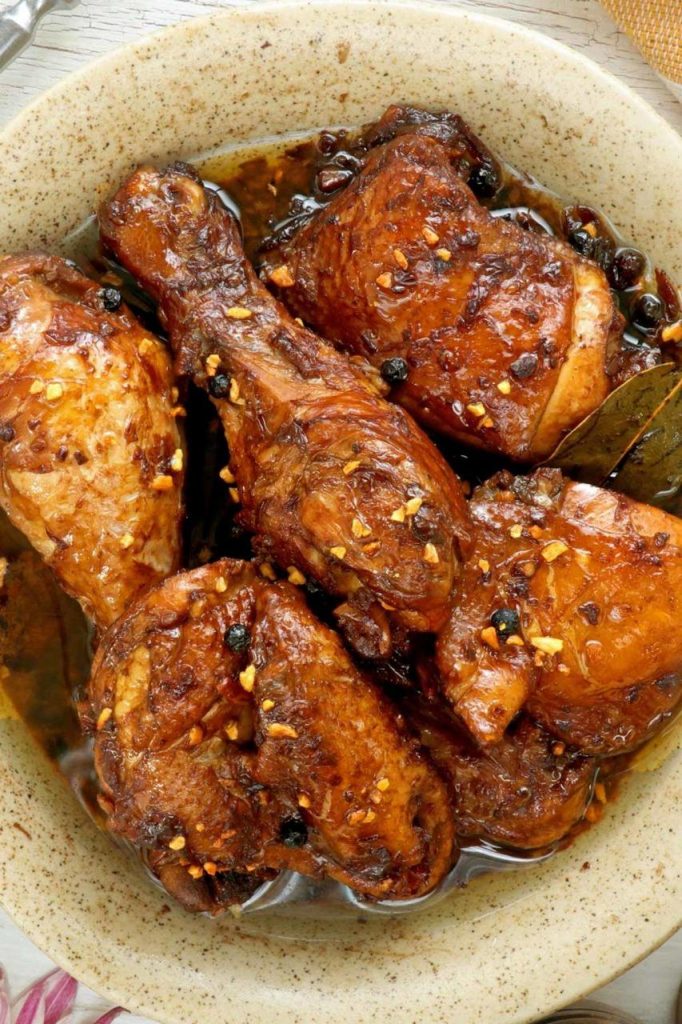
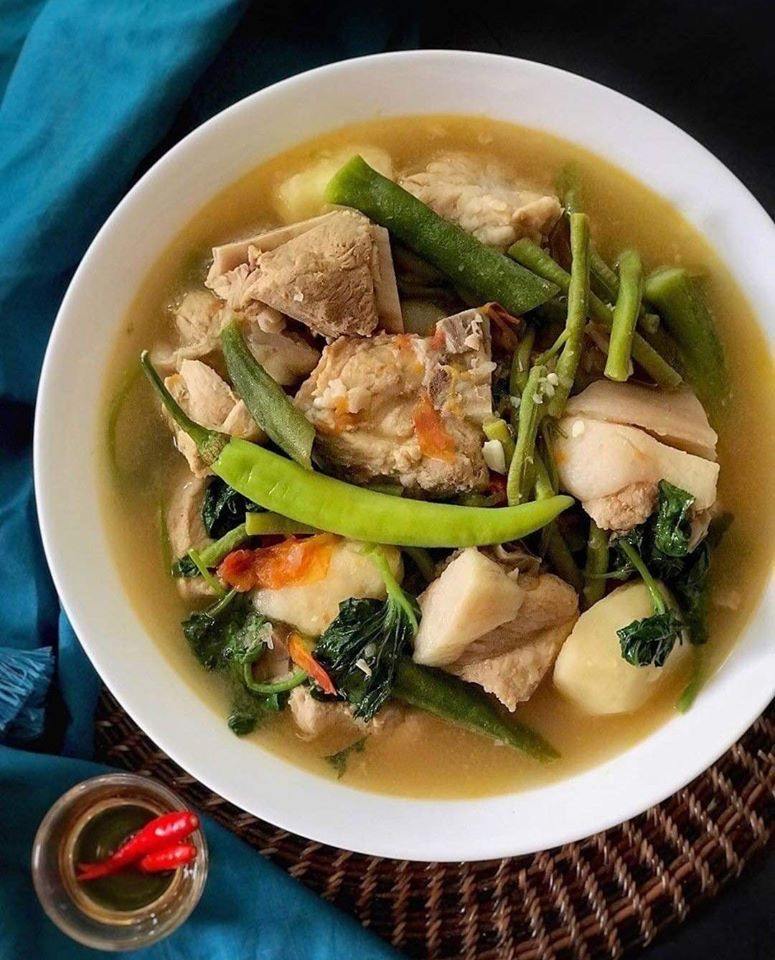
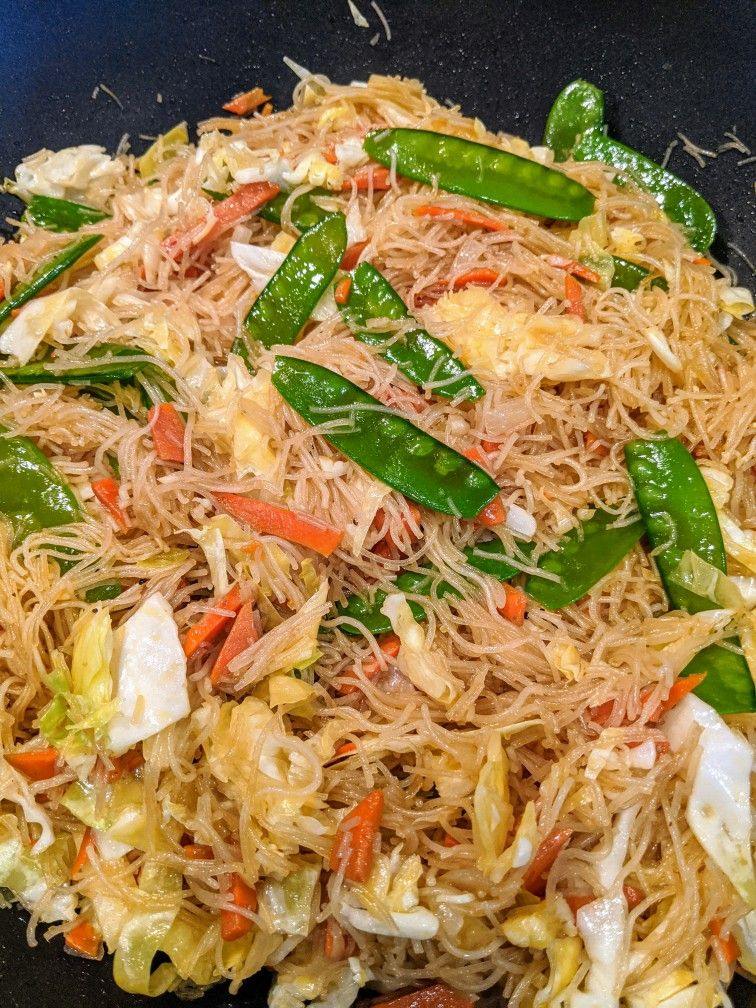
Top 5 Filipino Drinks to Try
Filipino meals are rarely complete without something to drink. Many beverages are tied to the climate: hot, humid, and tropical. These drinks are refreshing, sweet, or warming depending on what you need.
- Calamansi Juice – Small lime-like fruit native to the Philippines. The juice is tangy and slightly sweet. Some places add sugar, others leave it sour. Best served over ice on a hot day.
- Sago’t Gulaman – Tapioca pearls and jelly in sweet syrup with crushed ice. Street version is often served in plastic bags or cups. Chewy, sweet, and fun to drink.
- Tanduay Rum – Filipino-made rum. Cheap, strong, and versatile. Can be mixed or drunk straight. A local staple for parties and small bars everywhere.
- Salabat – Ginger tea. Served hot, sweetened with honey. Often drunk when sick or cold, but also just as a warming drink in the evening.
- Melon Juice – Cantaloupe or honeydew blended with sugar and water. Smooth, sweet, cold, and an instant refresher on a hot day.
Other local drinks include buko juice (fresh coconut), tsokolate eh (Filipino hot chocolate), and fresh sugarcane juice. Every region has its own spin, and street vendors are the best place to try authentic versions. Oh and then there is Red Horse.

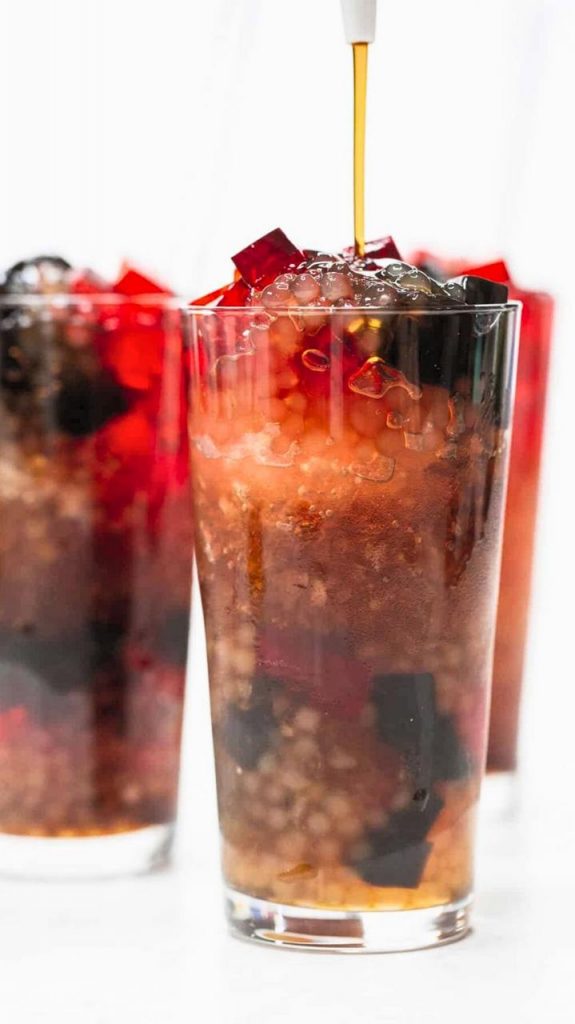

Top 10 Fast Food Restaurants in the Philippines
Filipinos have a serious love affair with fast food. Some chains are international, others local, but they all dominate daily life in a BIG way.
- Jollibee – The undisputed king. Fried chicken is iconic, spaghetti is sweet, and the burger steak with rice is a cult favorite. It has stores everywhere, from Manila to small towns in Mindanao.
- Mang Inasal – Grilled chicken served with unlimited rice. The marinade is slightly sweet, the meat smoky, and the method is Visayan in origin.
- Max’s Restaurant – Fried chicken done in the classic way. Also serves home-style Filipino dishes in a sit-down setting. Best for lunch with coworkers.
- Kenny Rogers Roasters – Rotisserie chicken with a local touch. Considered healthier than fried alternatives. Some locations also serve Filipino side dishes.
- Shakey’s Pizza – Pizza joint but also serves fried chicken, pasta, and sides. Popular for group dining.
- Chowking – Chinese-Filipino fast food. Noodles, rice meals, and dim sum in a fast-food setting. Convenient, cheap, and filling.
- Greenwich Pizza – Local pizza chain. Their spaghetti and pizza bundles are a hit with families.
- Burger King – International burger chain. Offers rice meals to cater to local tastes.
- McDonald’s Philippines – Global chain with local additions like McSpaghetti, Burger McDo, and halo-halo desserts.
- Wendy’s Philippines – Slightly more upmarket fast food. Offers burgers, fried chicken, and salads.
These chains are more than food outlets; they are social hubs. Filipinos treat them as meeting points for families, friends, and students.
Regional Variations and Street Food
Filipino cuisine changes drastically depending on where you are. In Luzon, dishes tend to be sourer; Bicol is famous for spicy coconut dishes like Bicol express; Visayas favor barbecue and seafood; Mindanao has more Muslim-influenced dishes with spices and coconut. Street food is everywhere: skewers, fried squid, fish balls, kwek-kwek (quail eggs in orange batter), and more. Eating street food is part of the culture and often safer than expected if you pick busy stalls.
Markets and festivals also shape Filipino cuisine. During fiestas, you will find lechon, rice cakes (kakanin), and other special dishes that are not normally served daily. Every region has its signature dish for celebrations.
Click to read about street food in the Philippines.
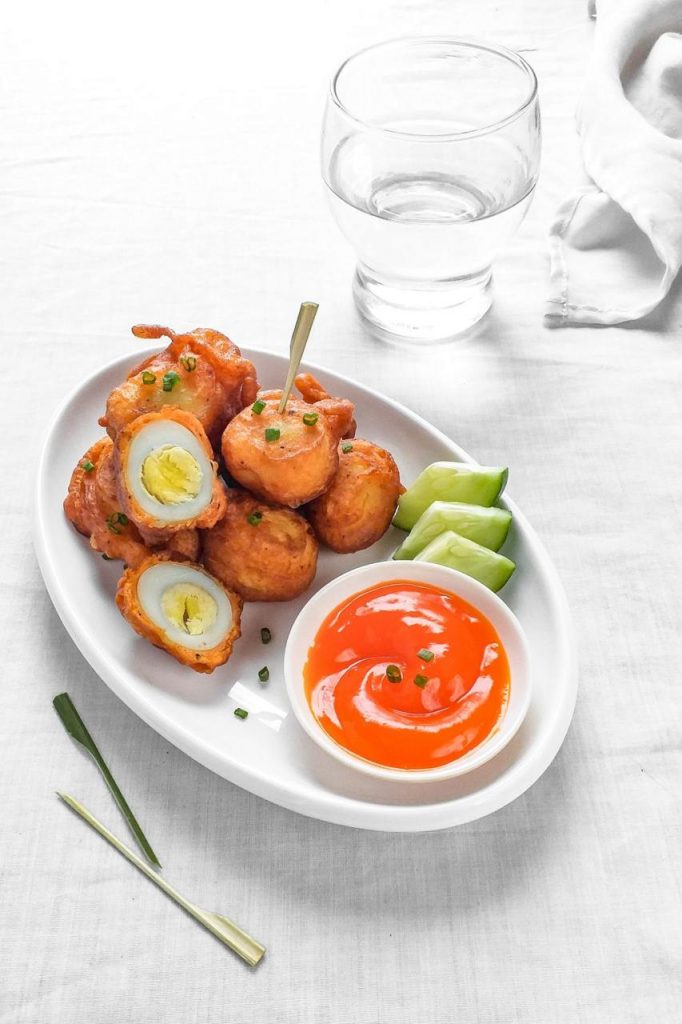
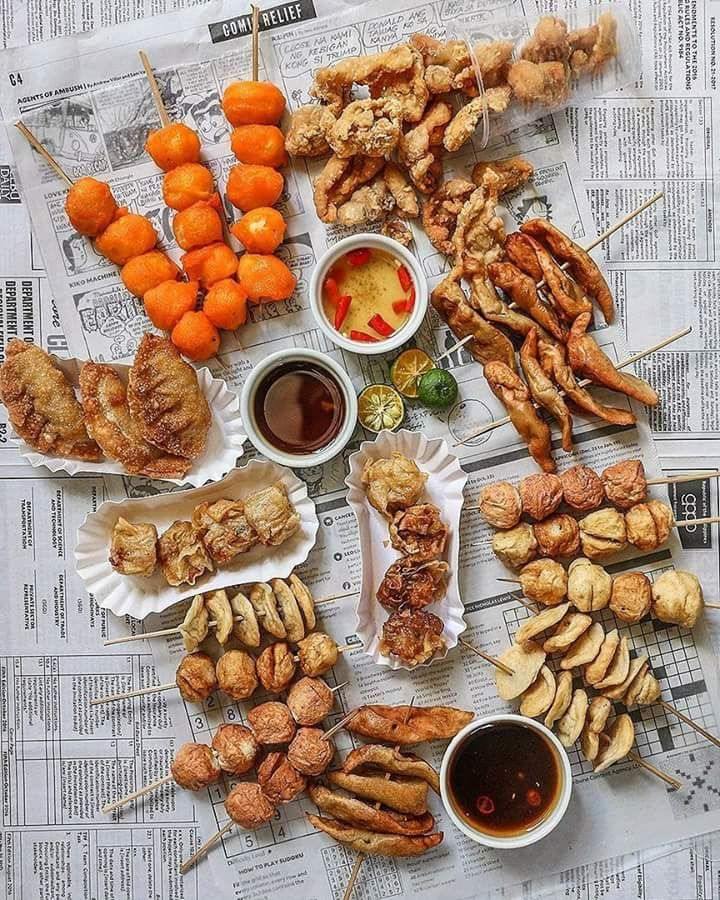
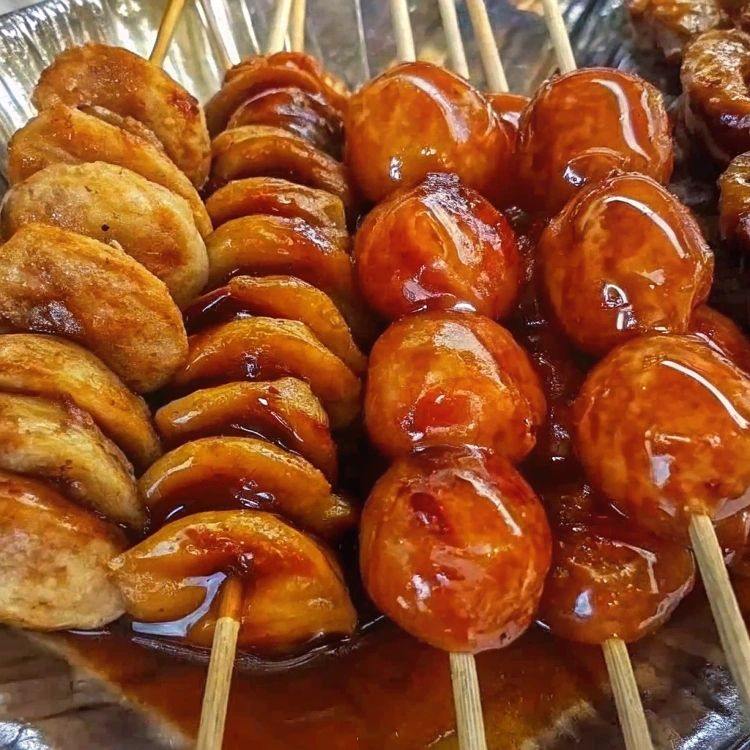
Conclusion
Filipino cuisine is messy, indulgent, bold, and unapologetic. It is a reflection of history, geography, and cultural adaptation. Street stalls, fast-food chains, and home kitchens all contribute to the food scene. From lechon to adobo, sinigang to kare-kare, and sago’t gulaman to calamansi juice, the food tells the story of the Philippines: chaotic, flavorful, and endlessly satisfying. Eat with your hands, get messy, try everything, and you will leave happy, full, and wanting more.
Click the link to see our Philippines Tours.





